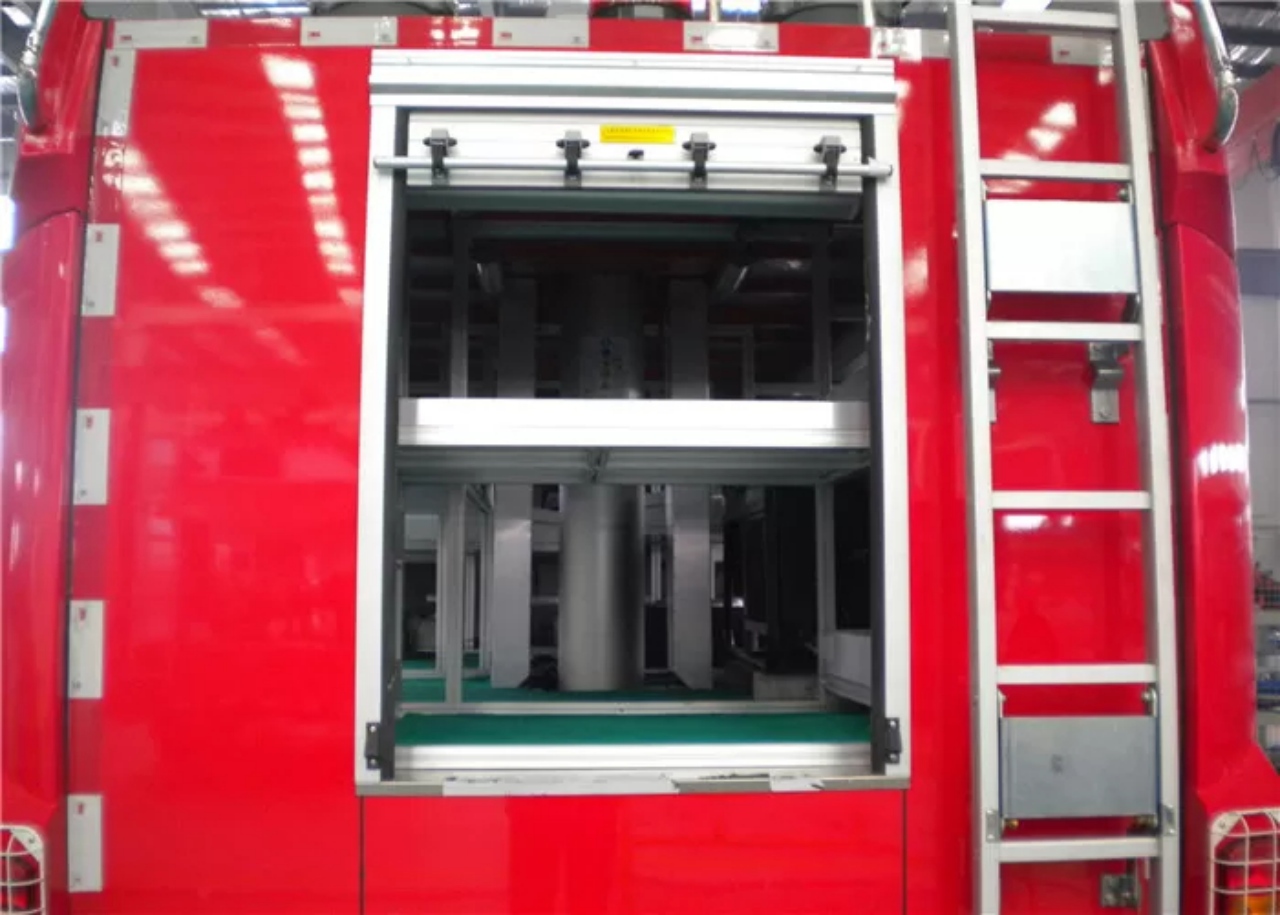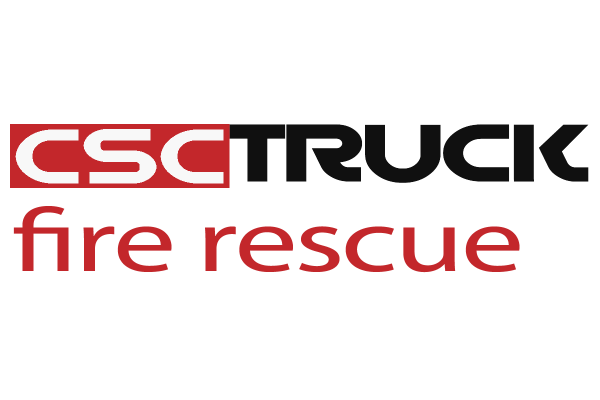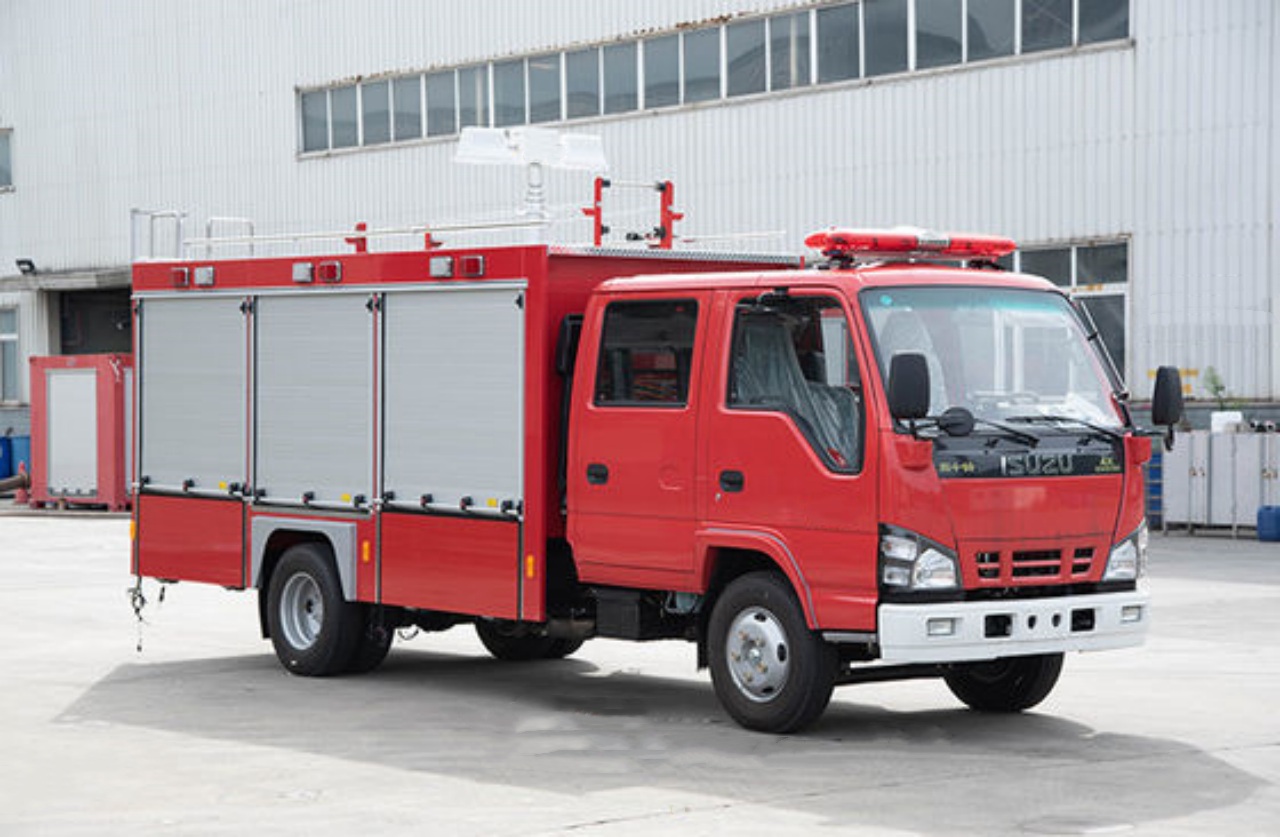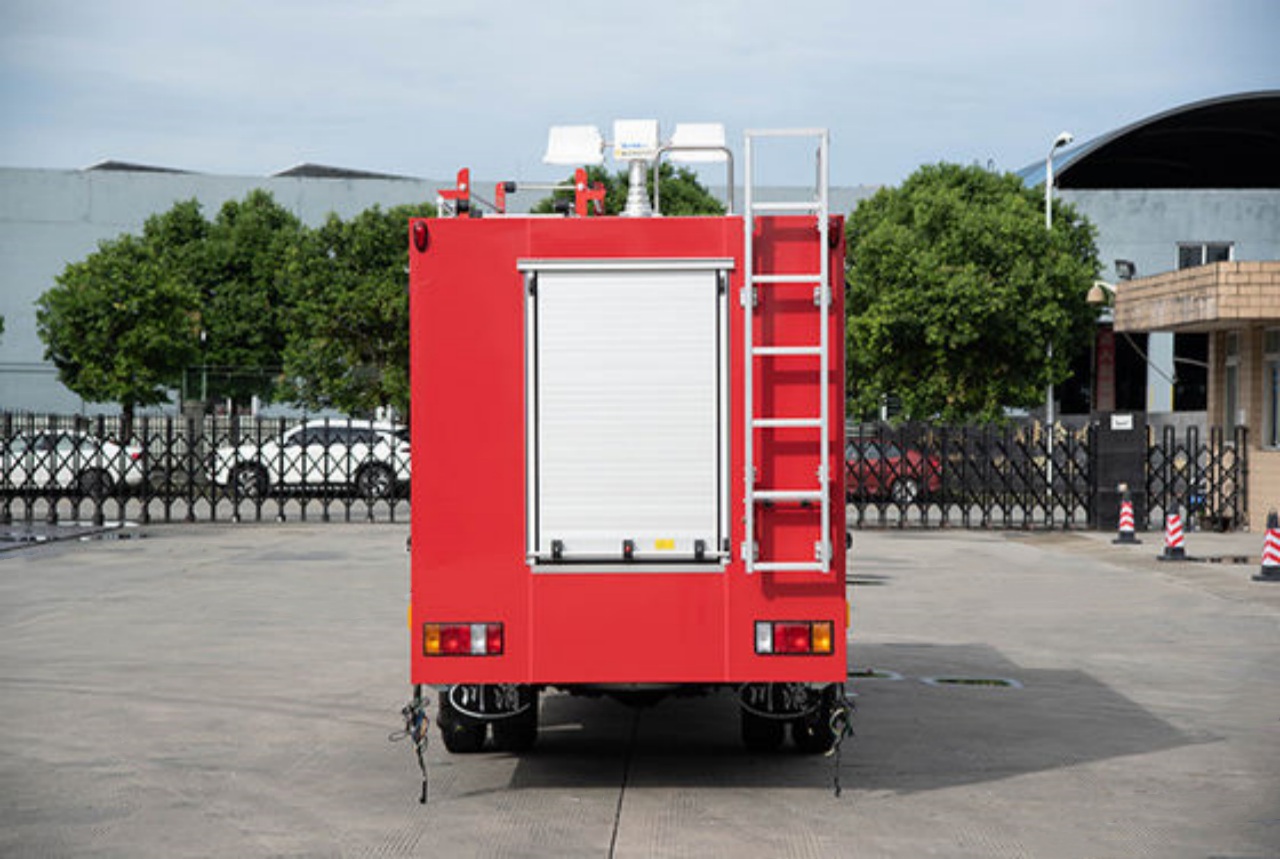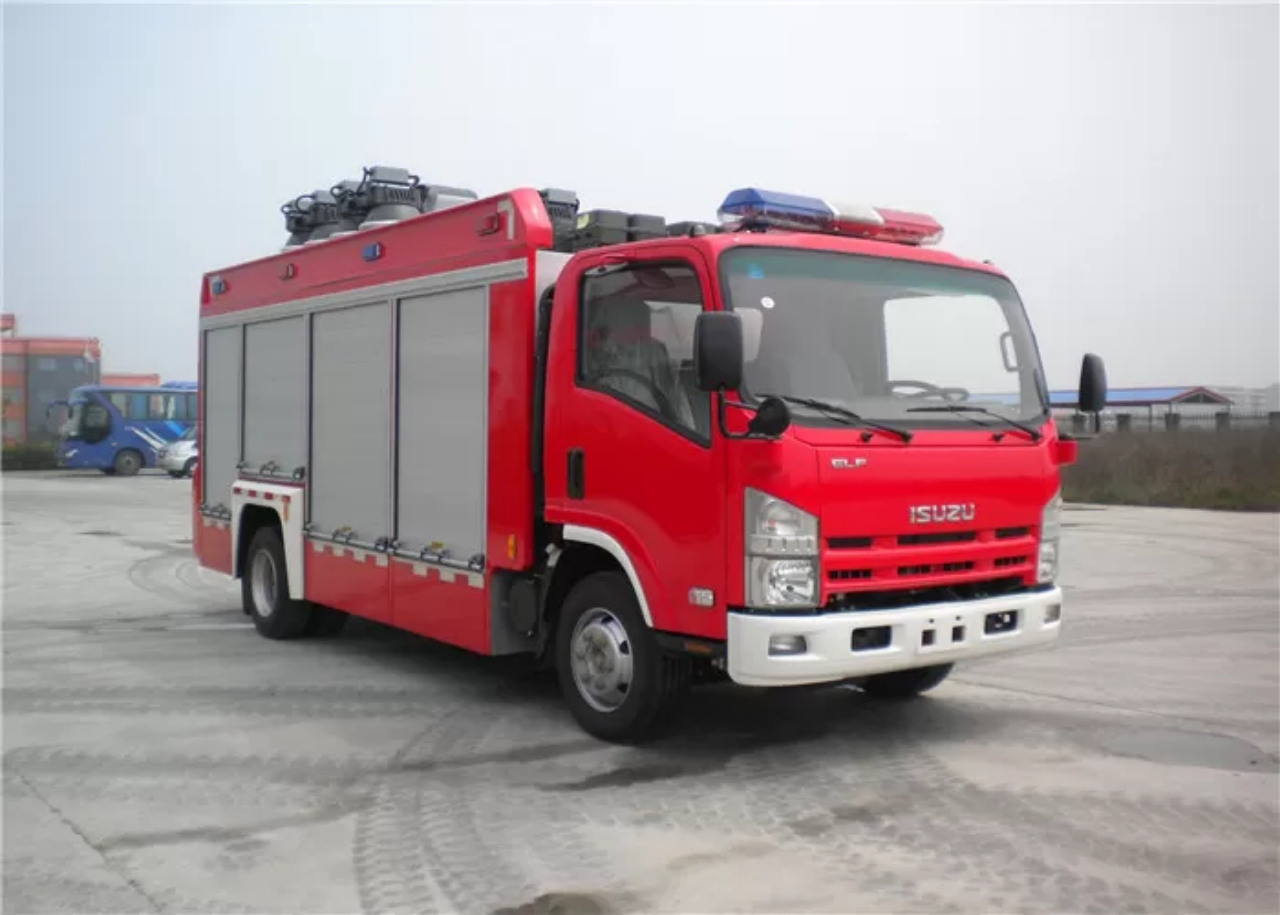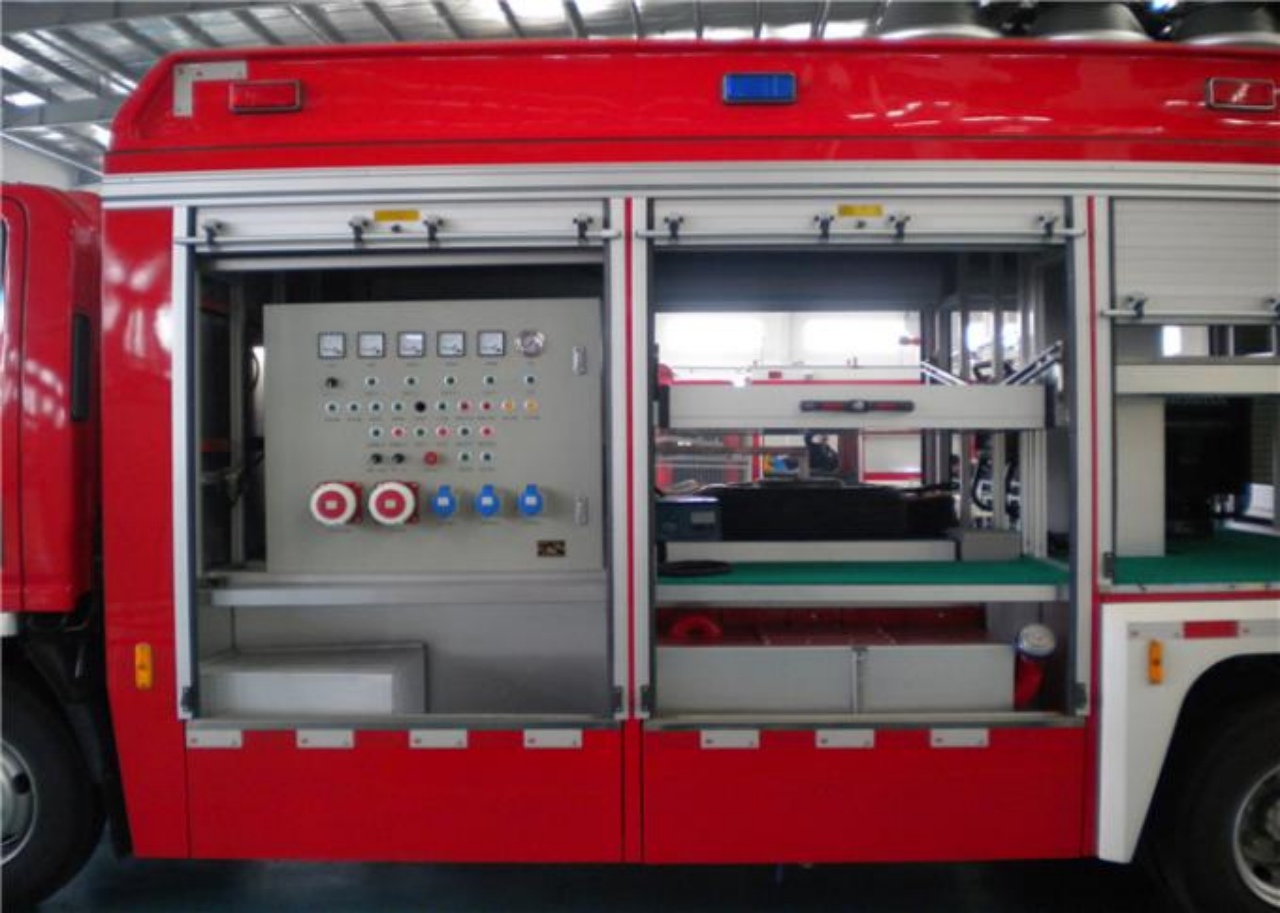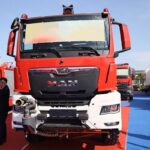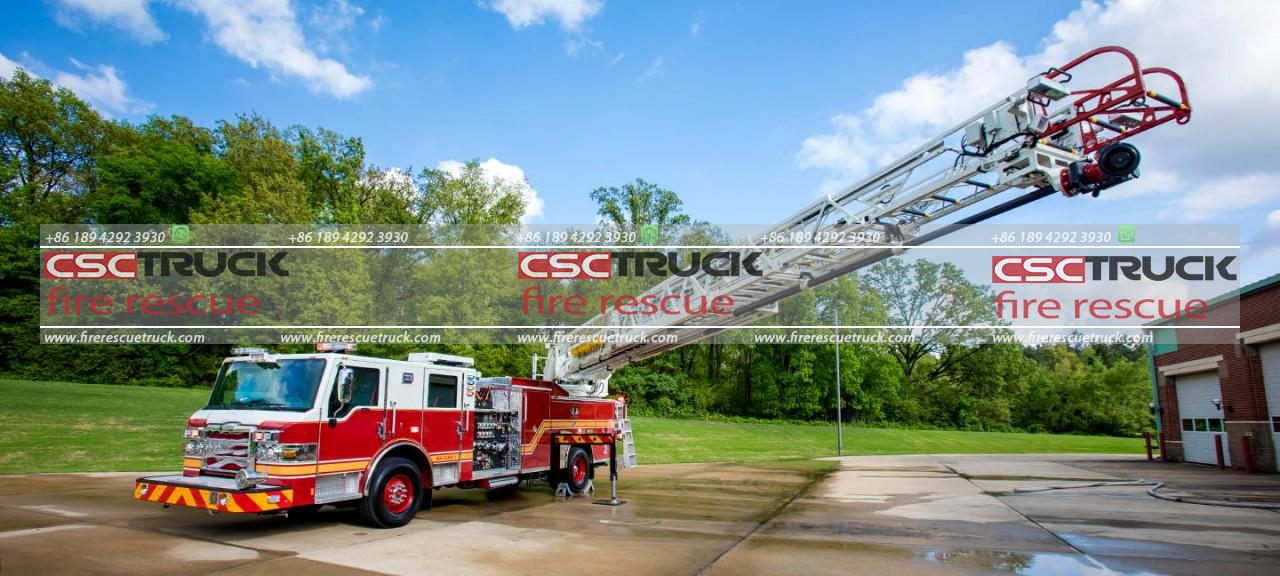When night falls or visibility is compromised by smoke, weather, or environmental obstacles, emergency scenes can quickly become perilous for first responders. In such scenarios, having adequate illumination is not just a convenience—it is a necessity. Light support fire apparatus are specialized vehicles or equipment specifically designed to provide high-intensity lighting at emergency scenes. These units play a vital role in enhancing operational efficiency, improving safety, and ensuring a swift and coordinated emergency response. This article explores the design, function, deployment, and strategic value of light support fire apparatus in emergency scene illumination.
1. The Role of Lighting in Emergency Operations
Effective scene illumination is critical during nighttime emergencies or operations in low-visibility environments such as tunnels, basements, or disaster zones. Whether it’s a structure fire, traffic collision, search and rescue, or hazardous material spill, visibility directly impacts the safety of personnel and the success of the mission. Poor lighting can obscure hazards, delay operations, and increase the risk of injury. By contrast, adequate illumination:
- Enhances situational awareness
- Facilitates safe and effective movement of personnel and equipment
- Improves visual communication
- Supports documentation and evidence collection
- Assists in triage and medical operations
Light support fire apparatus provides targeted, portable, and adjustable lighting solutions to meet these diverse demands.
2. What Is a Light Support Fire Apparatus?
A light support fire apparatus, also referred to as a light and air unit or scene lighting unit, is a vehicle equipped with various lighting technologies and power systems designed to deliver sustained illumination at emergency scenes. These apparatuses may be standalone vehicles, trailers, or integrated systems within larger fire trucks.
Key characteristics of light support fire apparatus include:
- High-intensity lighting systems (LED, halogen, metal halide, or hybrid)
- Telescopic light towers or mast-mounted floodlights
- Portable light heads for localized lighting
- Onboard power generation (diesel or gasoline generators)
- Shore power capabilities for station-based charging
- Compact or trailer-mounted versions for rural and volunteer departments
3. Core Components of Light Support Apparatus
Light support units can vary greatly depending on the mission requirements, geographic region, and departmental budget. However, most systems include the following essential components:
A. Light Towers and Floodlights
Telescoping light towers are one of the most visible and vital features. These towers can extend vertically (15–30 feet or more) and rotate to provide 360-degree lighting coverage. Equipped with powerful LED or halide floodlights, they offer adjustable beam intensity and direction.
B. Portable Lighting Units
Portable light heads mounted on tripods or magnetic bases allow firefighters to illuminate specific areas, such as interior rooms, stairwells, or the underside of vehicles. These lights are essential in flexible deployment scenarios.
C. Onboard Generators
To support the high energy demands of lighting and other auxiliary systems, these units are equipped with robust onboard generators (5 kW–50 kW). Some may include battery storage systems and hybrid options for silent operation in sensitive environments.
D. Auxiliary Equipment
Many units carry extension cords, junction boxes, extra fuel, battery packs, and even air compressors. These enhance versatility and allow the apparatus to serve multiple support roles during an extended incident.
4. Vehicle Platforms and Customization
Light support units can be built on various platforms, ranging from small utility vehicles to heavy-duty trucks. The most common types include:
- Medium-duty trucks (Ford F-550, Freightliner M2)
- Custom fire chassis
- Box vans or rescue-style walk-in bodies
- Towable trailers for small departments or regional deployment
Customization options allow departments to tailor the apparatus based on terrain, climate, response area, and operational scope. Some units may also incorporate:
- Thermal imaging and CCTV systems
- Command and control modules
- Integrated radio and dispatch systems
- Onboard Wi-Fi and computer terminals
5. Tactical Deployment and Operations
The deployment of light support fire apparatus follows a strategic approach. They are typically dispatched to:
- Large structure fires during nighttime
- Major vehicle accidents, especially on highways or rural roads
- Technical rescues (collapsed buildings, confined spaces)
- Natural disasters (hurricanes, floods, wildfires)
- Mass casualty incidents and large public events
Once on scene, the apparatus is positioned to avoid impeding operations while maximizing lighting coverage. Towers are raised, generators activated, and portable lights deployed to cover key zones such as triage areas, tool staging zones, command posts, and working perimeters.
In urban settings, coordination with utility companies and law enforcement may be required to manage street lighting, overhead wires, and traffic control. In rural areas, where infrastructure is sparse, these units often serve as the sole lighting source, making them even more critical.
6. Benefits and Operational Impact
Light support fire apparatus offers numerous operational benefits, including:
- Enhanced Responder Safety: Illuminated work areas reduce the risk of slips, trips, falls, and accidental injuries.
- Operational Efficiency: Well-lit scenes accelerate firefighting, rescue, and recovery tasks.
- Interagency Collaboration: Provides a stable, shared lighting infrastructure for multiple responding agencies.
- Community Perception: Professional, well-lit emergency scenes improve public confidence and visibility of emergency response efforts.
- Documentation and Media Use: Proper lighting aids in scene documentation, investigation, and public relations through photos and videos.
7. Challenges and Considerations
Despite their utility, light support fire apparatus come with logistical and budgetary challenges:
- Cost: These units can range from $75,000 to $500,000, depending on features and size.
- Maintenance: Generators and lighting systems require regular inspection and servicing.
- Training: Personnel must be trained in safe setup, electrical safety, and generator operation.
- Space and Storage: Larger units may not fit in all fire stations or be ideal for narrow urban streets.
To mitigate these challenges, some departments opt for regional or mutual aid solutions, sharing units among neighboring jurisdictions.
8. Future Trends and Innovations
The field of emergency lighting is evolving rapidly. Key innovations include:
- LED technology offers brighter output with lower energy use
- Lithium-ion battery systems for silent, emission-free lighting
- Remote-controlled towers and smart lighting systems with auto-adjusting brightness
- Solar-powered backup systems for sustainability and cost efficiency
- Integrated drones with lights and cameras for aerial scene assessment
These advancements promise to make light support fire apparatus more capable, sustainable, and adaptable in the years to come.
Conclusion
Light support fire apparatus are indispensable assets in modern emergency response. By delivering powerful, flexible, and reliable illumination, they empower responders to perform critical tasks safely and efficiently, especially when time and visibility are limited. As technology continues to improve and emergency scenes grow more complex, these units will remain a key element of fire service logistics and support. Every department, regardless of size, should consider the value of light support capabilities in their response planning, either through dedicated apparatus or strategic partnerships. In the darkness of crisis, the light they provide can make all the difference.
